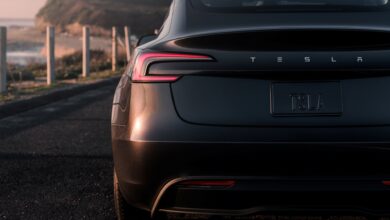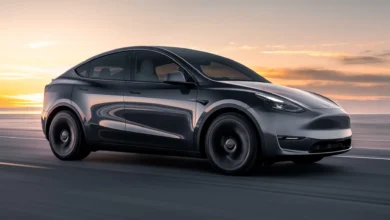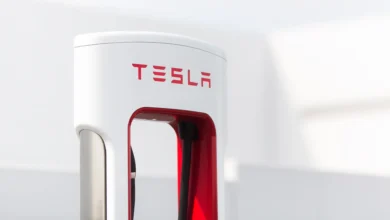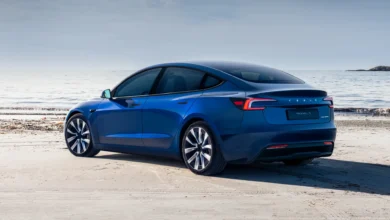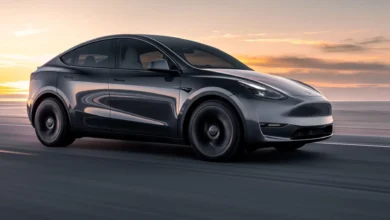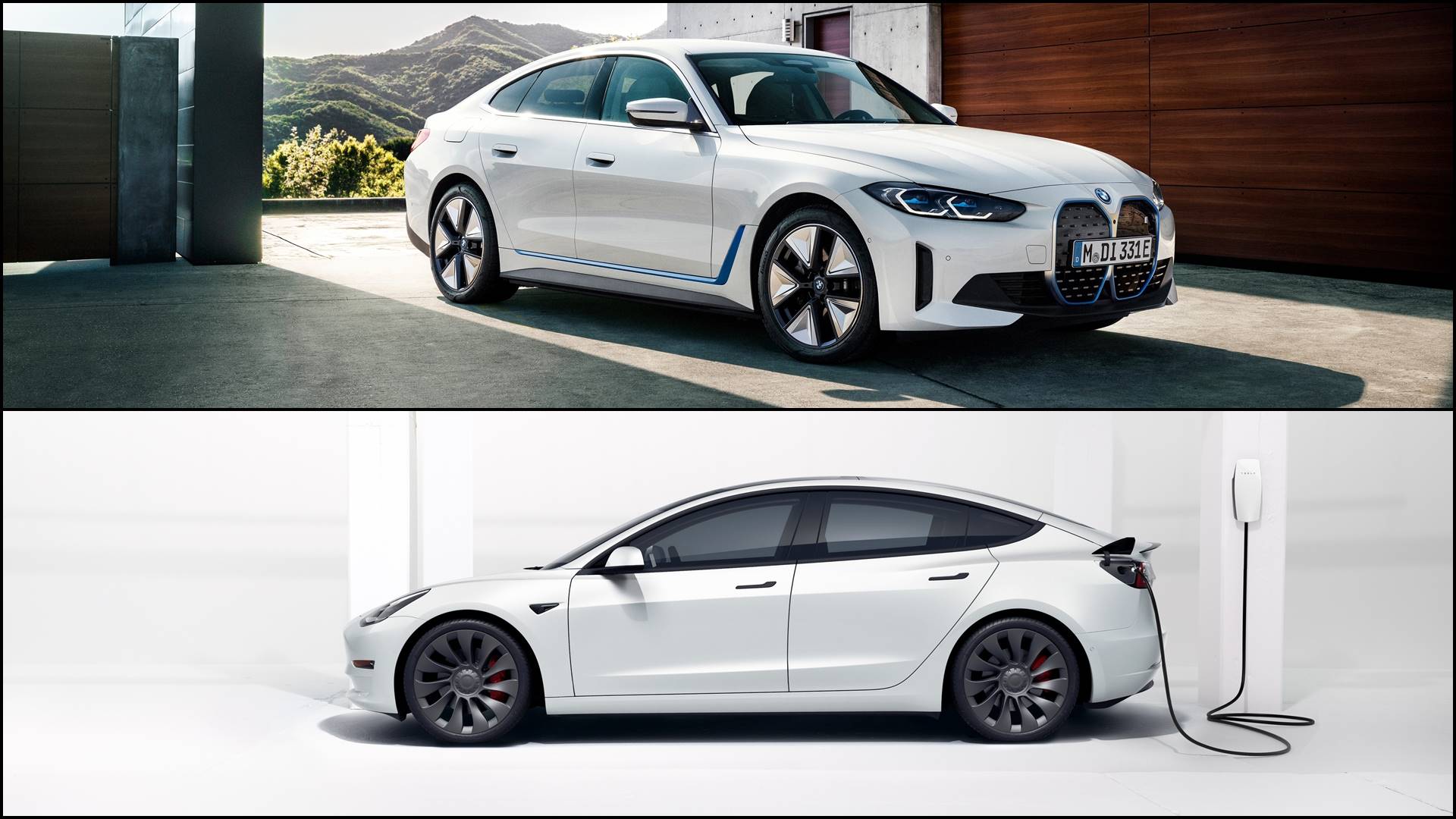
The Tesla Model 3 is currently the world’s best-selling electric car. Although the American sedan went on sale in mid-2017; that is, almost five years ago, the truth is that so far it has hardly had any direct rivals within the D segment (medium sedans), a category that has been revitalized with its arrival.
Although it is expected that in the short term numerous general proposals (Hyundai IONIQ 6, Volkswagen ID.7) and premium proposals (Audi A4 e-Tron, Mercedes-Benz EQC Berlina, NIO eT5, XPeng P5…) will join this market niche, at present its main competitors are the newly launched BMW i4 and Polestar 2.
Since the Swedish is still sold in a limited number of countries, the Model 3’s most international rival today is the i4. Both share a similar approach: fastback bodies, a sports set-up, rear and all-wheel drive configurations, sports versions capable of overshadowing the “coconuts” of the thermal sector…
However, the BMW has been conceived from a conventional model (Series 4 Gran Coupé), so it uses a multi-energy platform (CLAR), while the Tesla is based on a specific architecture specially optimized to house the mechanical organs of an electric car. Which alternative is the most interesting?
BMW i4 vs Tesla Model 3: measurements and habitability
At 4.78 meters long, the BMW i4 is slightly longer than its rival, which stands at 4.69 meters. However, this does not affect a higher battle (probably because it is part of a thermal model), since the North American enjoys a wheelbase 1 centimeter higher (2.86 meters for the BMW; 2.87 meters for the Tesla).
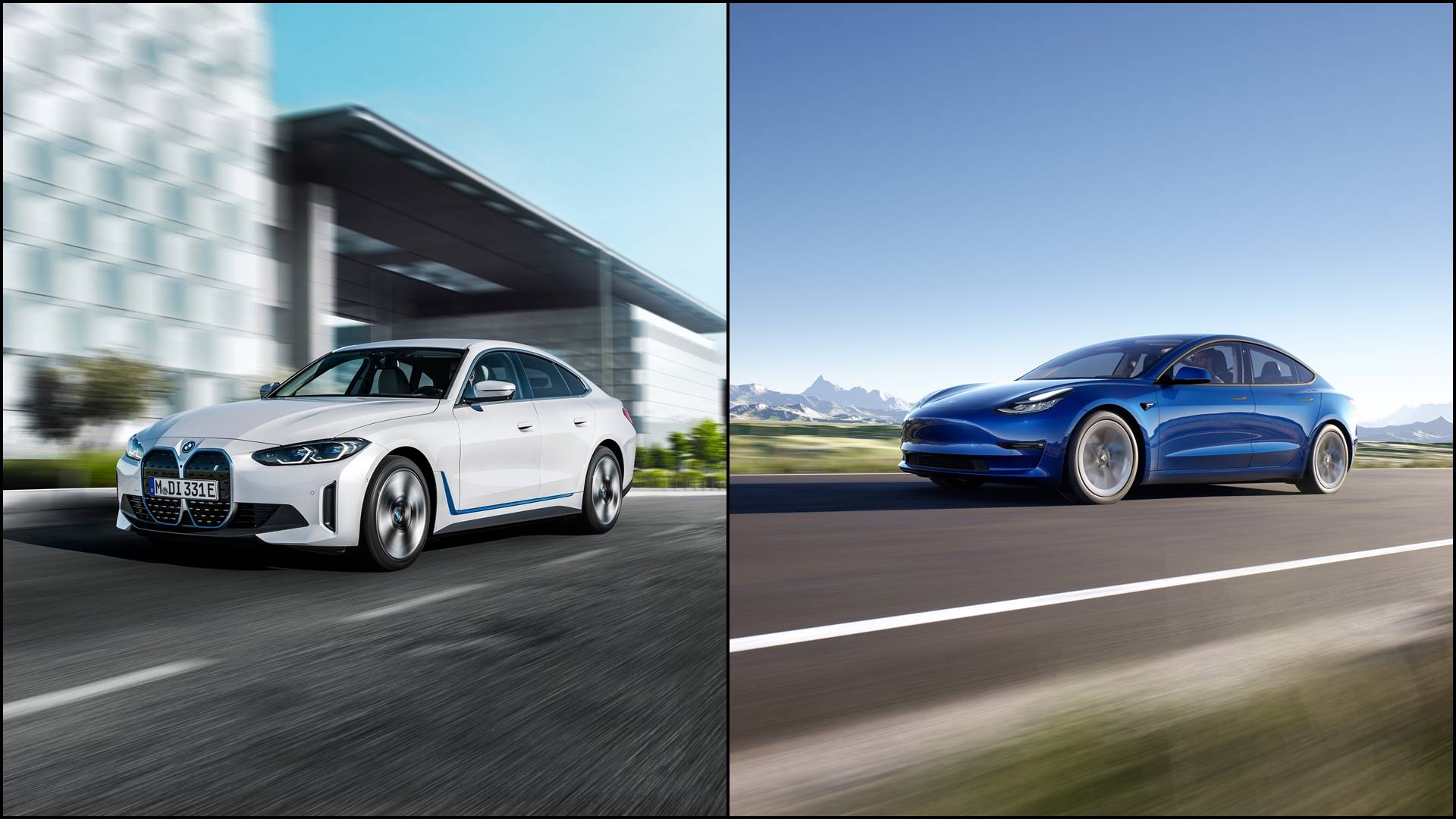
The width (1.85 meters) and height (1.45 meters in the BMW and 1.44 meters in the Tesla) are practically identical. Based on our previous contacts with both cars, we can say that the habitability in the rear seats is somewhat better in the Model 3 since the i4 is penalized by reduced legroom and a bulky center tunnel.
The tables change if we analyze the trunks since the i4 enjoys a practical gate; In addition, it has better capacity than its rival (470 liters for the BMW, 425 liters for the Tesla). However, we must not lose sight of the fact that the Model 3 has a practical frunk (front trunk) that adds another 117 liters to the whole. If we focus on the quality of finishes and ergonomics, the BMW i4 comes out ahead of its rival; by contrast, the Tesla Model 3 offers a more intuitive infotainment system.
| BMW i4 | Tesla Model 3 | |
| Long | 4.78 meters | 4.69 meters |
| Broad | 1.85 meters | 1.85 meters |
| Height | 1.45 meters | 1.44 meters |
| Battle | 2.86 meters | 2.87 meters |
| Trunk | 470 liters | 117 liters + 425 liters |
BMW i4 vs Tesla Model 3: engine, range, and charging
The BMW i4 is available in two versions, eDrive40 and M50. The first model is rear-wheel drive (“single motor”), offers 340 hp (250 kW) of power, can do 0 to 100 km/h in 5.7 seconds, and reaches a top speed of 190 km/h. The second enjoys a total traction system (“dual motor”) and reaches 544 CV (400 kW), which allows it to lower the time to 3.9 seconds and announce a top speed of 225 km/h.
In both cases, the battery has a useful capacity of 80.7 kWh. Due to its lower energy consumption, the eDrive40 ( 590 km WLTP ) approves a greater autonomy than the M50 ( 510 km WLTP ). At the load level, both one and the other are identical, being limited to 11 kW in alternating current and 210 kW in direct current (10-80% in 31 minutes).
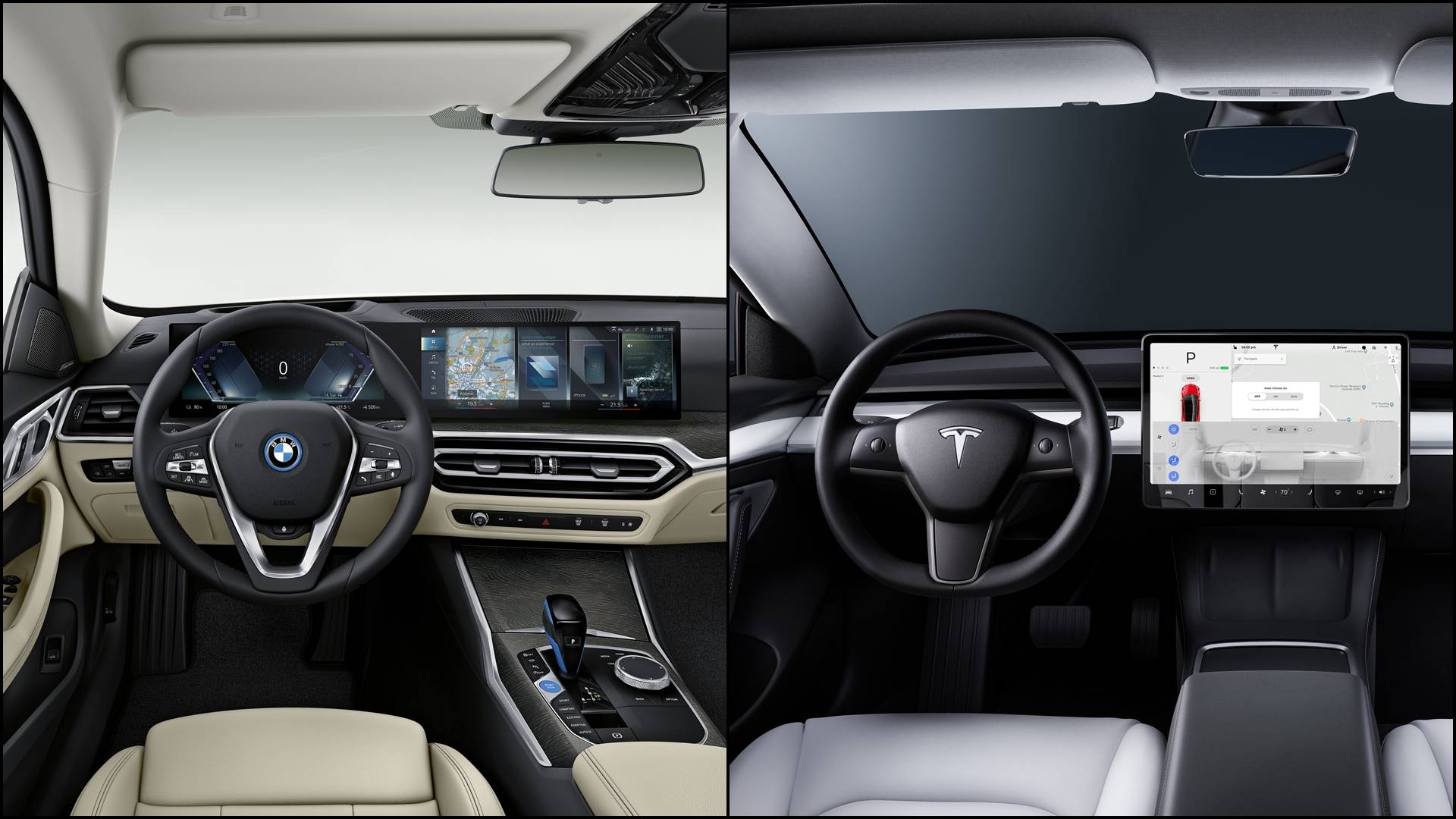
The Tesla Model 3 range is divided into three variants: the access model RWD (rear-wheel drive, 325 hp, 0-100 km/h in 6.1 seconds, 225 km/h), the intermediate Long Range AWD (all-wheel drive , 351 hp, 0-100 km/h in 4.4 seconds, 233 km/h) and the sporty Performance (all-wheel drive, 480 hp, 0-100 km/h in 3.3 seconds, 261 km/h)
While the Model 3 RWD uses a 58 kWh pack that provides a range of 491 km WLTP, the Long Range AWD ( 602 km WLTP ) and Performance ( 547 km WLTP ) use another 79 kWh. It would be interesting to note that the basic model uses LFP (lithium iron phosphate) cells, a chemical with greater durability, but more sensitivity to low temperatures. While all Model 3s can charge at 11kW on AC, on DC the RWD (170kW) is more limited than its siblings (250kW).
| Power | Acceleration (0-100 km / h) | Maximum speed | Battery | Autonomy (WLTP) | Carga (AC) | Charge (DC) | |
| BMW i4 eDrive40 | 340 CV (250 kW) | 5.7 seconds | 190 km/h | 80,7 kWh | 590 km | 11 kW | 210 kW |
| BMW i4 M50 | 544 CV (400 kW) | 3.9 seconds | 225 km/h | 80,7 kWh | 510 km | 11 kW | 210 kW |
| Tesla Model 3 RWD | 325 CV (239 kW) | 6.1 seconds | 225 km/h | 58 kWh | 491 km | 11 kW | 170 kW |
| Tesla Model 3 Long Range AWD | 351 CV (258 kW) | 4.4 seconds | 233 km/h | 79 kWh | 602 km | 11 kW | 250 kW |
| Tesla Model 3 Performance | 480 CV (353 kW) | 3.3 seconds | 261 km/h | 79 kWh | 547 km | 11 kW | 250 kW |
BMW i4 vs Tesla Model 3: prices
The Tesla Model 3 is significantly more affordable than the BMW i4, something that is not only because the Californian has an access version because, in equivalent versions (eDrive40 and Long Range, M50 and Performance), the Bavarian is more expensive than its rival despite offering somewhat lower autonomy and performance.
In return, the i4 is much more customizable than the Model 3, with endless color options, upholstery, trim, aesthetic kits, and equipment that allow you to configure a custom unit… as long as we go through the box.
The Tesla is available with five paints (ten in the BMW), two upholstery (fifteen in the BMW), and two-wheel models (six in the BMW), while in the list of extras we only find the Improved Autopilot (3,800 euros) and the Full Self-Driving pack (7,500 euros). This has its counterpoint because some equipment that is optional in the BMW comes standard in the Tesla.
| BMW i4 eDrive40 | BMW i4 M50 | Tesla Model 3 RWD | Tesla Model 3 Long Range AWD | Tesla Model 3 Performance | |
| Price | €60,900 | €75,500 | €48,360 | €54,970 | €63,970 |
BMW i4 vs Tesla Model 3: conclusions
As we have seen, each of these vehicles has its strengths and weaknesses. In favor of the BMW, it should be noted its quality of finishes, its numerous customization options, and its commercial network and technical service extended throughout the national geography; Against this, the Tesla offers somewhat better performance, slightly higher autonomy, and lower prices.
